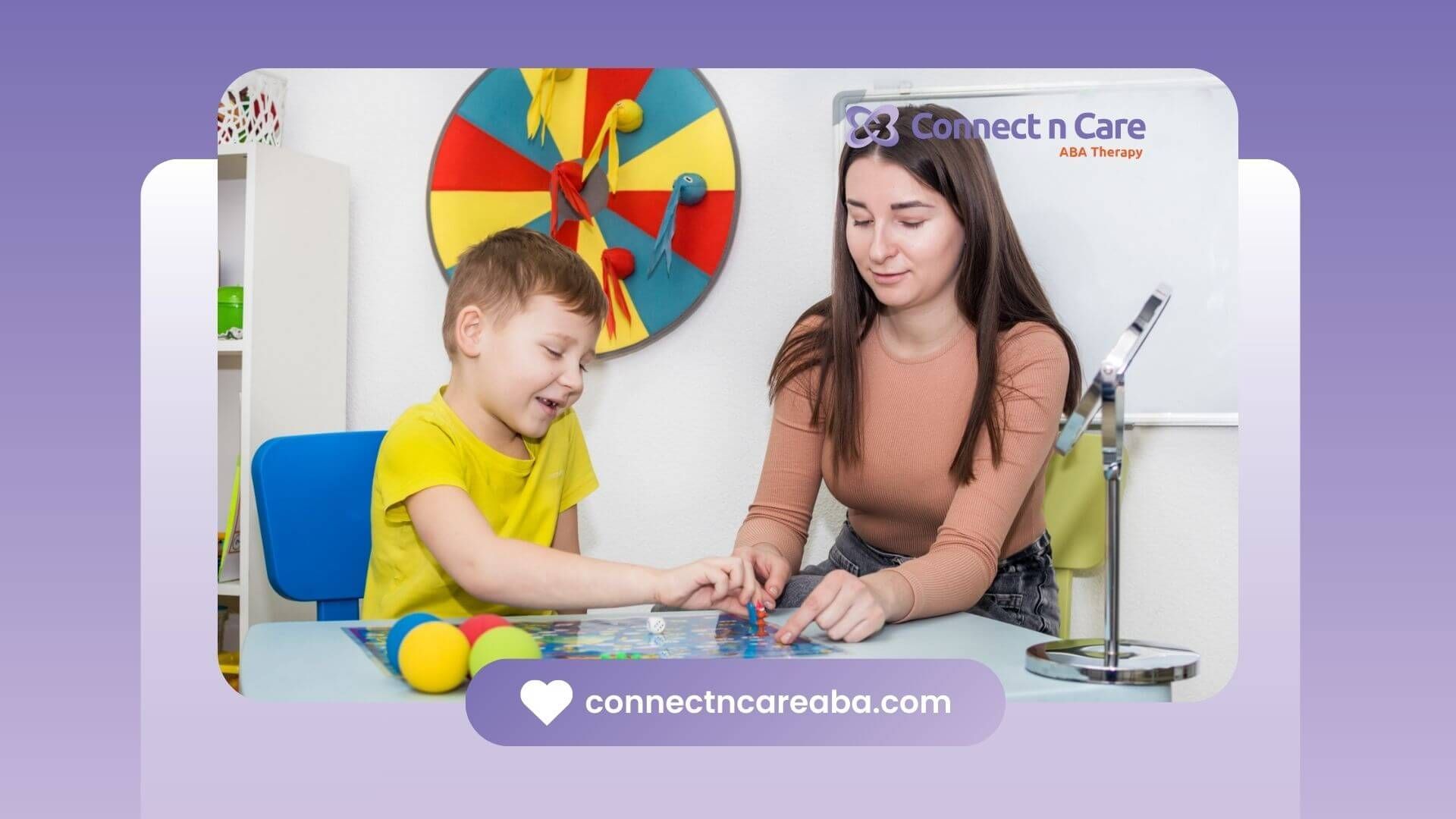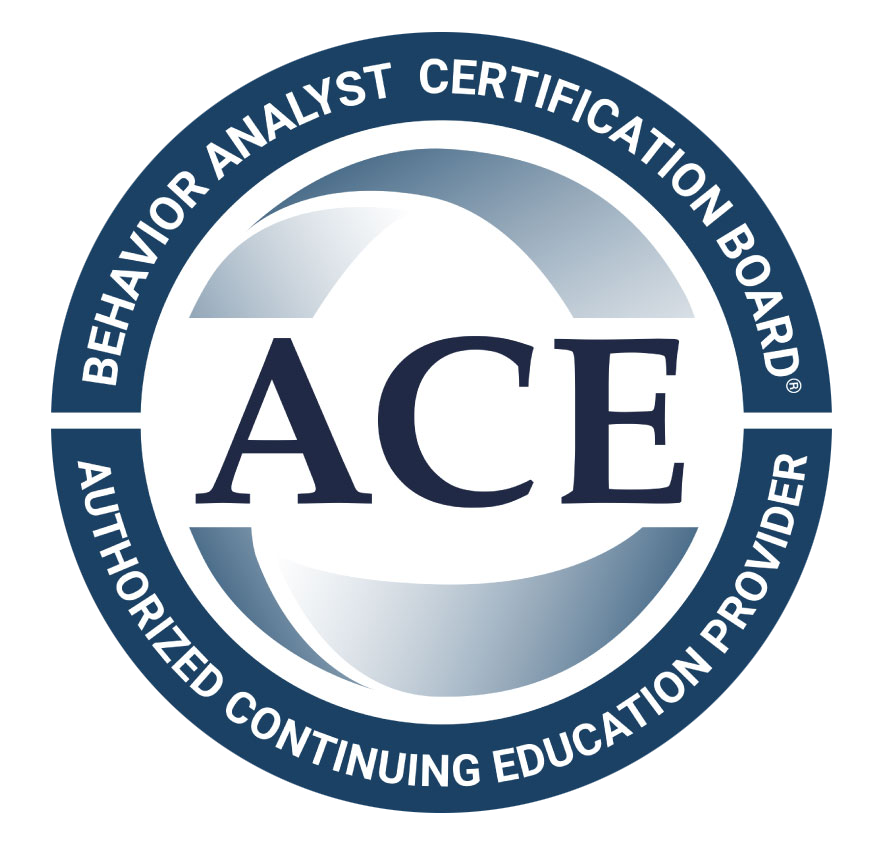Impulse control is more than just waiting your turn or not grabbing a toy—it’s about self-regulation, patience, and learning to pause before reacting. For many children with autism, impulse control is one of the toughest skills to master. It can affect social relationships, school success, and even daily routines.
The good news? With the right support, children can absolutely learn to strengthen their self-control. Applied Behavior Analysis (ABA) therapy is one of the most effective ways to help children with autism improve impulse control because it teaches skills step by step, reinforces positive behaviors, and equips families with tools they can use every day.
What Is Impulse Control And Why Is It Difficult For Children With Autism?
Impulse control is the ability to think before acting. It’s tied closely to executive functioning skills, which include planning, flexibility, and emotional regulation.
Many children with autism experience challenges in these areas, which makes it harder for them to pause and choose the most appropriate response.
For example, without strong impulse control, a child might:
- Grab a toy without asking first
- Shout out an answer in class instead of raising their hand
- Run off when excited or upset
- Struggle to stop a preferred activity when it’s time for a transition
- React strongly when things don’t go as expected
These actions are not intentional misbehavior—they’re often the result of skill gaps. By teaching impulse control through ABA strategies, we can help children slow down, make better choices, and feel successful.
How ABA Therapy Builds Impulse Control Skills
ABA therapy for autism is rooted in understanding why behaviors happen and teaching replacement skills. When it comes to impulse control, we look at what triggers impulsive behaviors and provide tools children can use instead.
Here’s how ABA therapy supports impulse control step by step:
Teaching Waiting And Delayed Gratification
Impulse control starts with waiting. During therapy sessions, we practice short waiting periods, like waiting a few seconds before accessing a toy. As children succeed, we gradually extend the wait time. This helps them build patience and learn that good things come when they pause.
Using Visual Cues And Social Stories
Children with autism often respond well to visuals. Tools like “stop” cards, waiting signs, or picture schedules give children clear guidance about what’s expected.
Social stories can also be used to model situations where waiting or taking turns is needed, making it easier to understand and practice.
Reinforcing Replacement Behaviors
Instead of focusing on what not to do, ABA therapy teaches alternative behaviors. For example, if a child tends to interrupt, we might teach them to raise their hand, tap a “help” card, or use a phrase like “excuse me.” When these replacement behaviors are reinforced, children learn that self-control is rewarding.
Strengthening Emotional Regulation
Emotions often drive impulsive behaviors. ABA strategies include teaching calming techniques like deep breathing, counting, or using sensory tools. These coping skills help children regulate big feelings, which makes impulse control easier.
Shaping Self-Monitoring And Independence
As children grow, they can learn to recognize their own impulses. Self-monitoring involves noticing when they feel the urge to act and practicing strategies to manage it.
For example, a child may learn to tell themselves, “I can wait” or use a visual reminder before acting. This builds independence and confidence in managing their own behavior.
ABA Therapy For Impulse Control In Everyday Life
Impulse control isn’t just important in therapy sessions—it’s a skill children need at school, at home, and in the community. ABA therapy focuses on generalization, meaning we don’t just teach the skill in one place; we make sure children can use it everywhere.
Here are some ways ABA therapy helps children apply impulse control in daily life:
- At home: Practicing waiting before getting snacks, taking turns with siblings, or using calm-down strategies when upset.
- At school: Learning to raise a hand, wait in line, or stay seated during activities.
- In the community: Using safety rules like waiting before crossing the street or not running off in a store.
When children see that self-control leads to success in different environments, they’re more likely to keep using those skills long term.
How Parents Can Support Impulse Control At Home
One of the best parts of ABA therapy is that it doesn’t stop when the session ends. With ABA parent training, families learn how to use the same behavior management strategies at home. Consistency across environments helps children succeed faster.
Here are some parent-friendly tips for supporting impulse control at home:
- Play games that teach waiting, like “Red Light, Green Light,” “Simon Says,” or board games with turns.
- Use visual schedules to reduce surprises and prepare for transitions.
- Offer simple choices to help with decision-making, such as “Do you want to play with blocks or cars?”
- Model self-control by showing how you wait, take turns, and calm yourself down when frustrated.
- Praise self-control often, even for small wins like waiting 5 seconds before speaking.
With patience and consistency, children begin to see self-control as a skill they can be proud of.
At Connect N Care, we know how overwhelming impulse control challenges can feel for families. Our ABA therapy programs are designed to make learning impulse control positive, practical, and effective. We work closely with families to create strategies that fit their child’s needs and everyday routines.
We provide services across North Carolina and Virginia, including:
- In-Home ABA Therapy – helping children practice impulse control in a familiar environment.
- School-Based ABA Therapy – supporting classroom success with self-control strategies.
- Center-Based ABA Therapy – offering structured learning and peer interaction to practice impulse control with others.
- ABA Parent Training – empowering families with tools to reinforce impulse control at home.
We believe every child can grow in their ability to pause, wait, and make positive choices. With patience, reinforcement, and teamwork, children gain skills that last a lifetime.
Want to see how ABA therapy can help your child strengthen impulse control? Contact us today to get started with ABA therapy in North Carolina or Virginia.
FAQs
Why is impulse control especially difficult for children with autism?
Impulse control requires executive functioning and self-regulation skills, which can be more challenging for children with autism. ABA therapy provides step-by-step strategies to build these skills.
What ABA techniques are used for impulse control?
Therapists often use waiting practice, visual supports, reinforcement of replacement behaviors, and emotional regulation strategies to help children build self-control.
Can ABA therapy improve impulse control in older children or teens?
Yes. ABA therapy is effective for all ages. While techniques may look different for older children and teens, the principles of reinforcement, self-monitoring, and behavior shaping remain highly effective.
Sources:
- https://www.appliedbehavioranalysisedu.org/aggression-and-impulse-control/
- https://pmc.ncbi.nlm.nih.gov/articles/PMC7187421/
- https://pmc.ncbi.nlm.nih.gov/articles/PMC1284208/
- https://www.sciencedirect.com/science/article/abs/pii/S2210533618300224
- https://www.autismparentingmagazine.com/autism-impulse-control-disorder/









